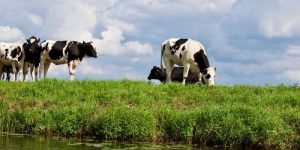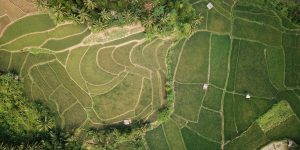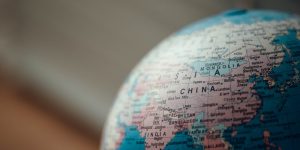Australia’s Livestock Exporters is well placed to meet this demand
The Philippines’ dairy industry is expanding. Increases in dairy imports and a shift to promote more local dairy production are ramping up to meet demand. While the country experiences record high imports, they don’t want to be reliant on these. Overall the entire industry looks set for growth.
The Philippines, with a fairly stable economy, is largely dependent on agriculture and manufacturing. The average Filipino is typically considered a non-dairy drinker.
Yet, the dairy industry accounts for more than US$1 billion in revenue annually. While Australia contributes around seven percent of livestock and dairy imports to the Philippines, the number is expected to rise with imports of cheese, butter and other dairy spreads.
What’s the reason for The Philippines’ booming dairy production and what can we look forward to? Australia’s Livestock Exporters discusses this below.
1. An Opportunity Driven Background
The Philippines first saw a new age for dairy farming in 1988.
In 1986, the government moved to stop support for all dairy production. The future for dairy farms looked grim.
However, a newly implemented dairy plan created a chance for growth. The Philippines worked to correct previous farming issues and established three new dairy plants.
The National Dairy Development Act of 1995 ensured that dairy farming would receive national support. This support came by way of research, facilitation and a dairy fund.
The small dairy farms were overall easier to sustain due to low overhead costs. With the country striving for self-sufficiency in dairy production, farms now operate side by side in a thriving market.
2. Today’s Filipino Dairy Industry
Thanks to The Philippines’ previous efforts to enhance dairy farms, farmers now add to and benefit from a strong industry. Consider what makes up its solid foundation:
Consists of two main sectors
- Sector one: powder-based sector that imports, packs and re-processes products
- Sector two: liquid milk sector made up of imported and locally produced fresh milk
- Over 80 percent of milk products imported come from powder sector
- Imports of liquid milk in 2019 increased by 21 percent from the previous year
Smallholder farms reported a gross revenue of Php0.302 million pesos in 2017, an increase from 2016’s Php0.203 million
In terms of their national dairy herd, the Philippines herd consists of a mix of dairy cattle (Holstein Friesian, the Jersey, and the Brown Swiss) and Carabao (buffalo). Dairy cattle imports from places like Australia (we supply the Philippines) are well suited to their local climate (especially cattle from northern Australia) and local market.
3. Filipino Trends in Dairy Development
The Philippines’ imports of dairy products are expected to hike 21 percent this year.
One of the trends supporting this growth is the dedication to quality assurance. In 1997, food companies Nestlé and Magnolia provided testing services to other food markets, including dairy.
Milk samples are now tested for shelf-life, packaging and composition. With payments now depending on quality, dairy farms are motivated to produce quality dairy products.
Another factor contributing to rapid market growth is participation from the local government.
The local Filipino government has become a partner for milk farms, providing land, loans and sponsorships. One main sponsorship that benefits milk farms is tied to milk feeding programs.
Local milk and cow farms provide milk products to local schools, creating a strong relationship centred around dairy. Relationships between big and small farms also play a key role in dairy production.
The strengthened business communication supports larger market shares and stable supplies.
Additionally, the government plans to increase local dairy production to cover at least 10% of the country’s requirements by 2022.
The Philippines’ Bright Future in Dairy Production
With current dairy production trends rapidly growing The Philippines’ dairy market, the future can only see more growth. The National Dairy Authority aims to accelerate dairy herd build-up and milk production.
With the help of local governments, strong farm relationships and quality assurance, the future of Filipino dairy production is bright. For more information on how to support The Philippines’ dairy production industry, learn about our services.
For more information on how to import Australian dairy livestock into the Philippines, make a trade enquiry here.
References
- National Dairy Development Act of 1995
- Dairy Reporter ‘Philippines looks to cut dairy imports through increased local production’ 12 February 2018




